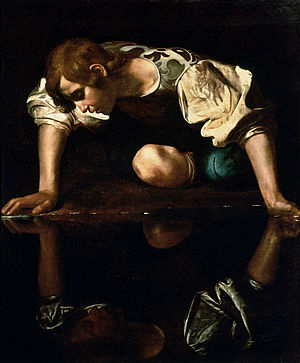Welcome to Indra’s Web. This art is representational of the Vedic metaphor of the Cosmos, signifying the interconnectedness and interdependency of all things.

Indra’s Web is a metaphorical concept with roots in ancient Hindu and Buddhist philosophy. The concept is named after the Hindu god Indra, who is a prominent deity in Hindu mythology and is considered the king of the heavens and the god of thunder and rain. In the ancient Vedic texts, which form the foundation of Hindu religious literature, Indra is portrayed as the chief of the gods, the leader of the Devas, and the ruler of Swarga (heaven). He is often depicted riding a white elephant while wielding a thunderbolt or vajra. In some texts, he is depicted as a powerful and valiant fighter who battles against demons and forces of chaos.
This web or net holds a pearl or jewel at each intersection. Each jewel reflects all the other jewels, creating an infinite and interconnected web which conveys the idea that every individual element in the universe is interconnected with and reflects every other element. It symbolizes the interdependency and interrelation of all things in existence. In a broader sense, it highlights the notion that everything is connected and that the actions or changes in one part of the universe can have far-reaching effects on the whole.
Just as an unfortunate insect might crawl into a spider’s web and set off vibrations throughout the web, like a doorbell that alerts the homeowner of a visitor, any movement in one area of Indra’s Web affects every other part. It is the fascia or connective tissue of the Universe.
The concept is employed to illustrate the nature of reality, the interconnectedness of life, and the concept of interdependence. It encourages an understanding of the world that transcends the apparent separateness of individual entities and emphasizes the holistic nature of existence. It suggests that all of life is a mirror, that nothing in and of itself has an independent reality, and that we are truly all connected.
Even though there are seemingly independent jewels at each joint of the net, there’s nothing really there. Each joint is merely a reflection of all the other joints. And like a mirror is simply a reflective surface that has no independent reality. The cosmos is like a hall of mirrors.
But the importance of this model of cosmic connection goes even deeper. When we heal ourselves, we heal others. When we enter the healing process without expectation, when we go into to get the best result possible be that complete physical healing or mental/emotional healing or healing on some other level of being, we may do so knowingly for ourselves but whether we know it or not, we’re entering a process that reverberates and ripples out to others. We are all connected!
For more information on Mirror Meditation and it’s ability to support us on an awakening path, check out the following pages:


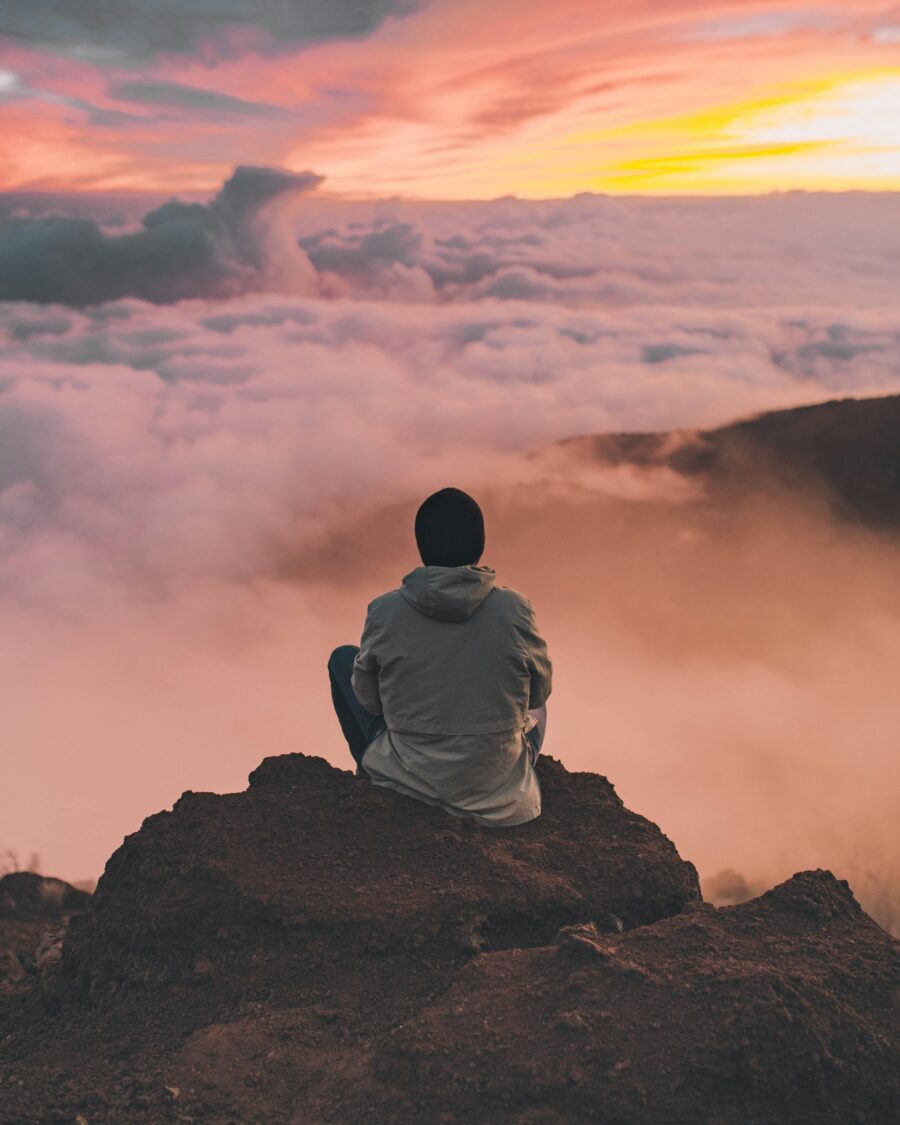
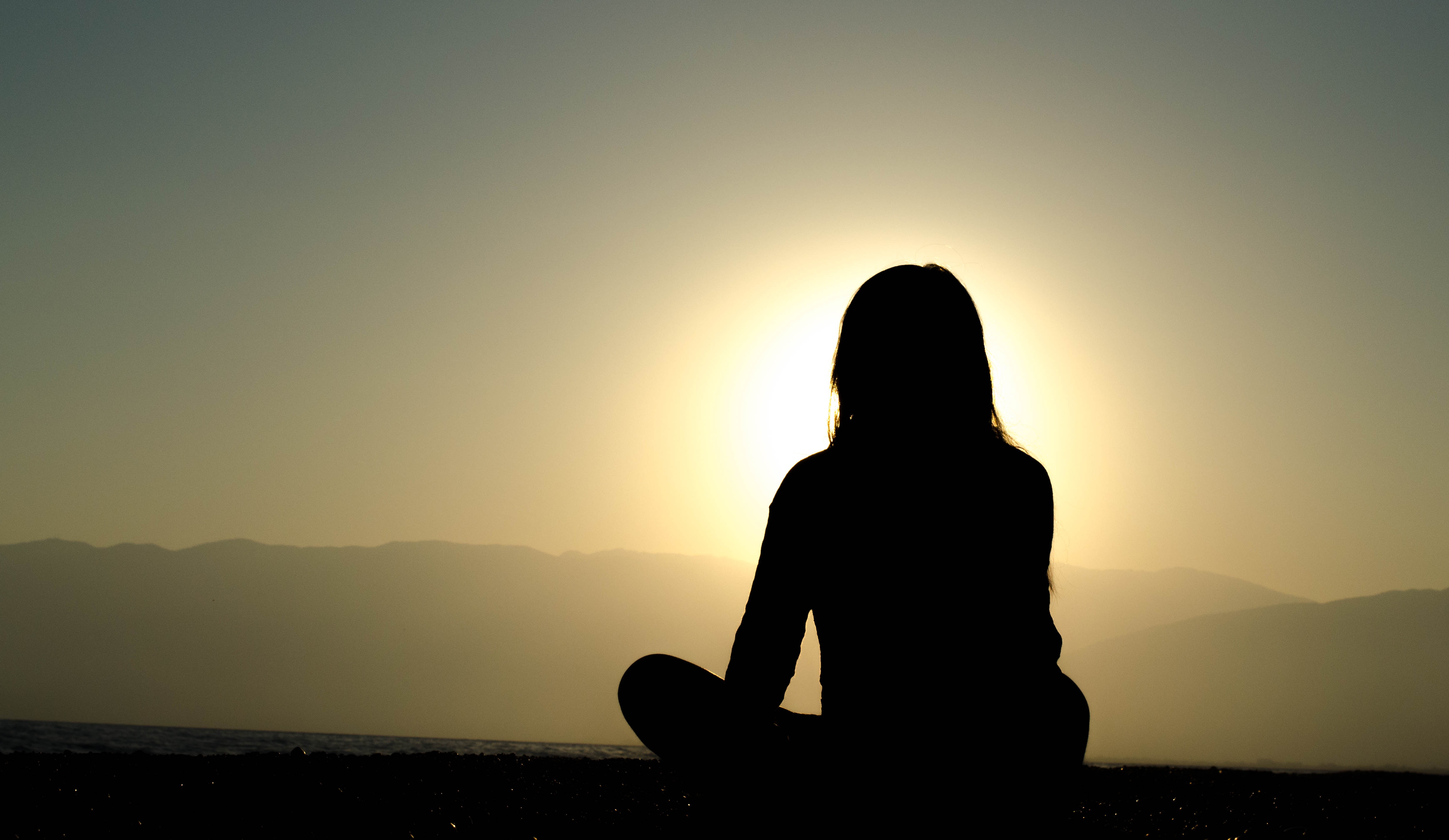
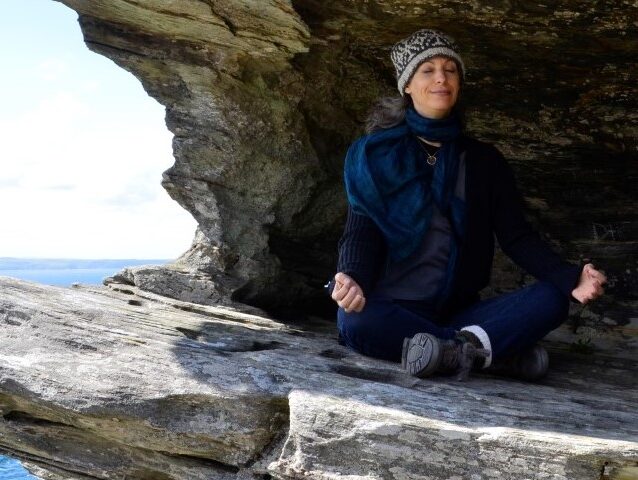
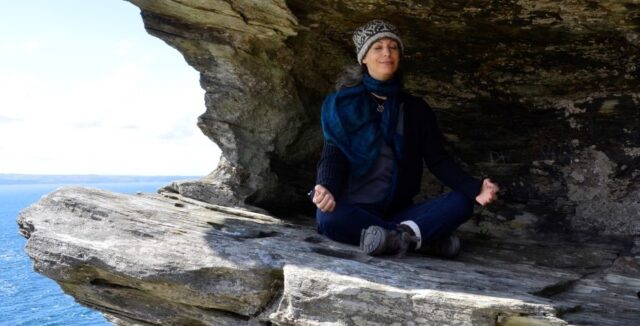
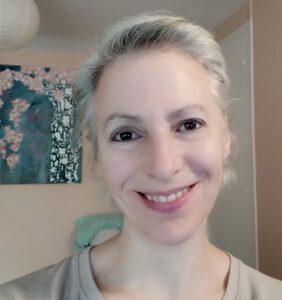 About the Author:
About the Author: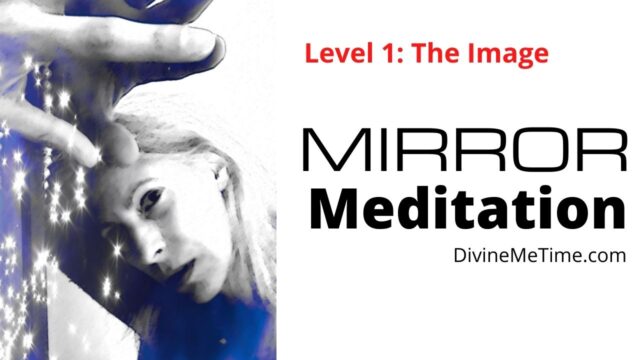
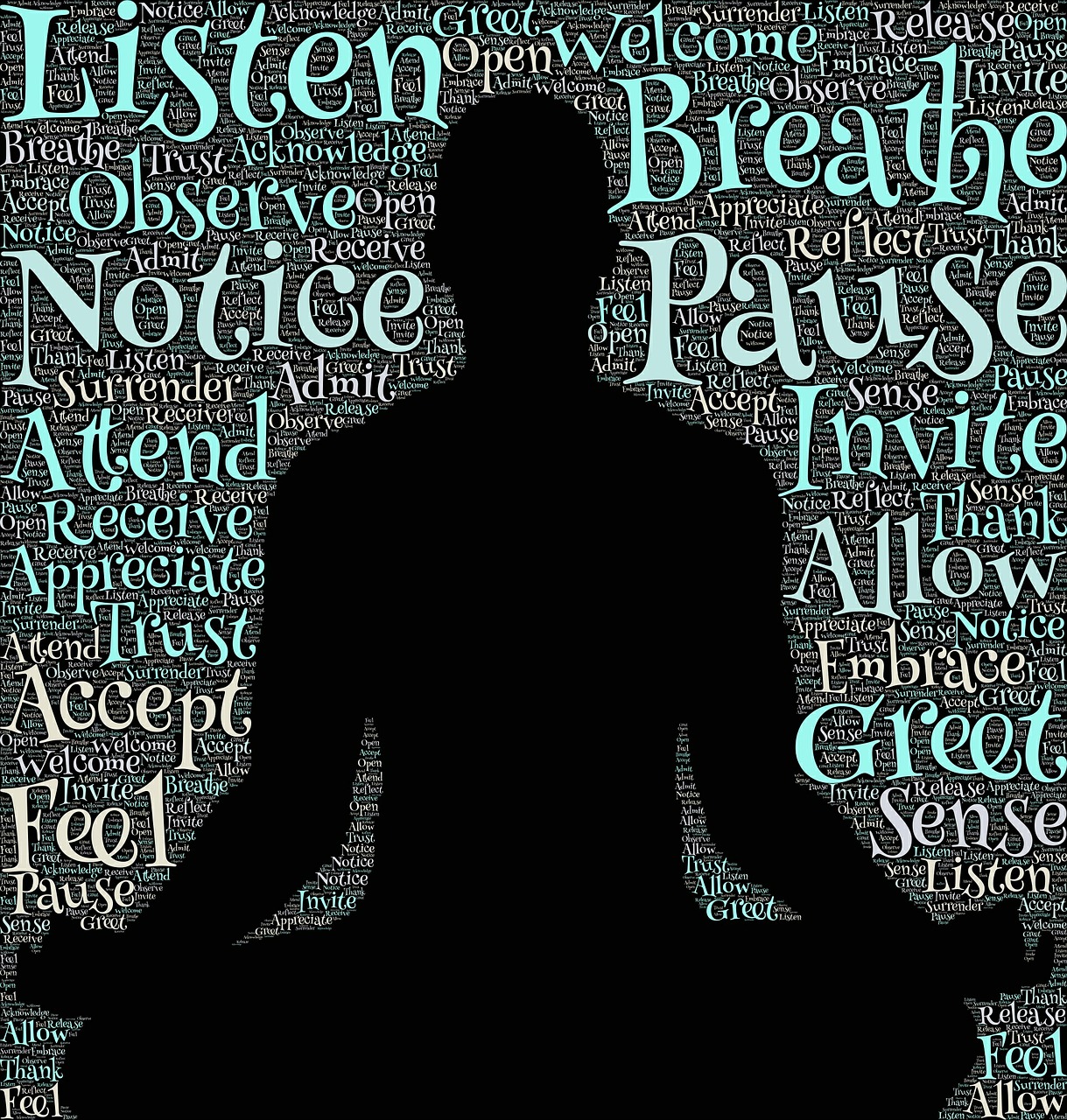
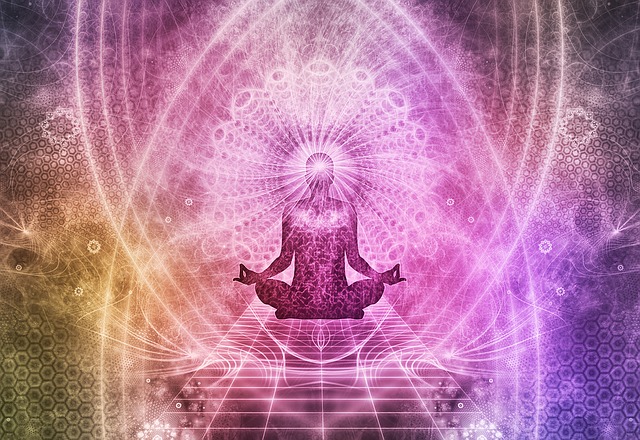
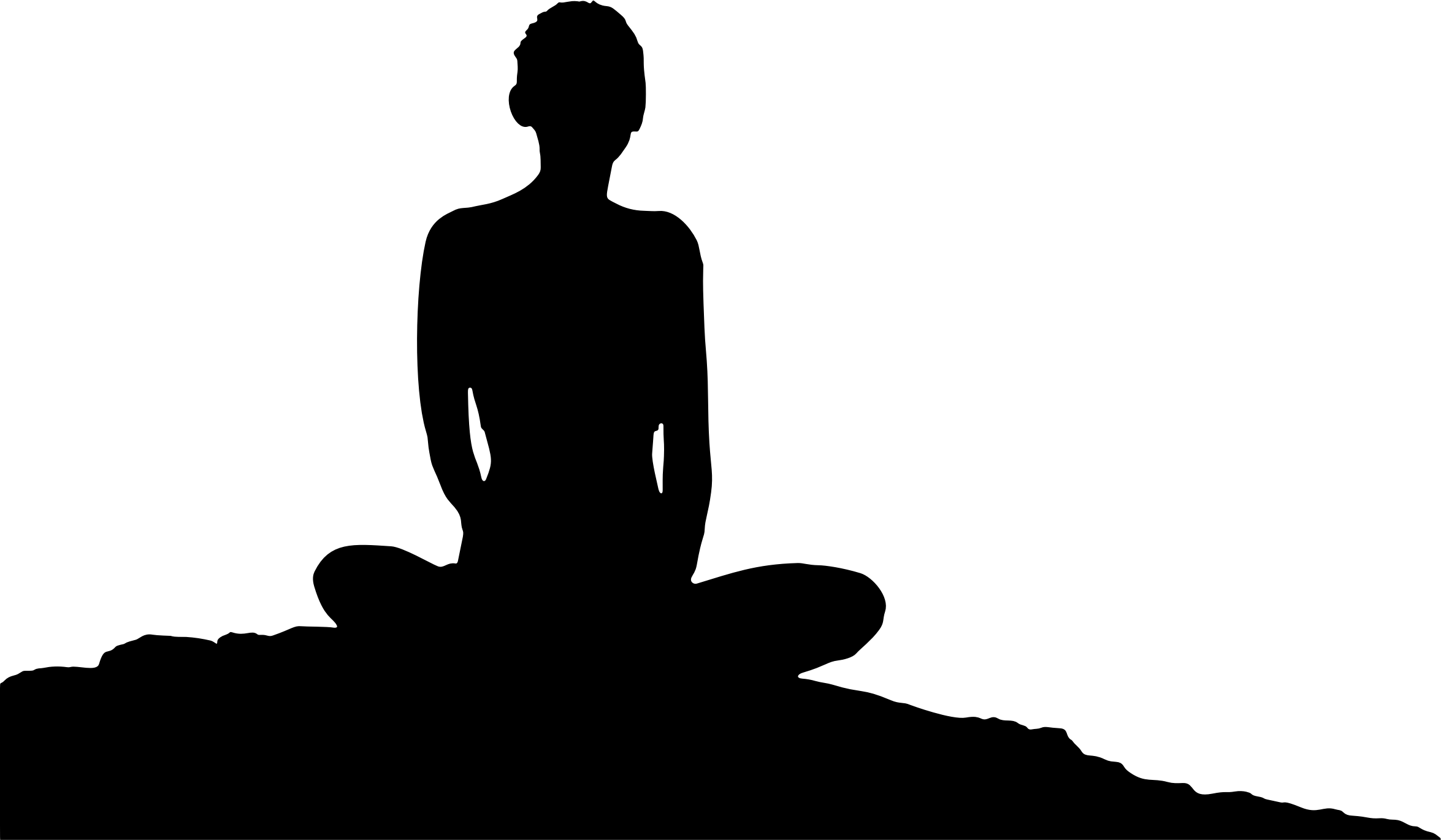


 I recently came across a fascinating article about how different types of meditation affect the brain differently written by
I recently came across a fascinating article about how different types of meditation affect the brain differently written by 